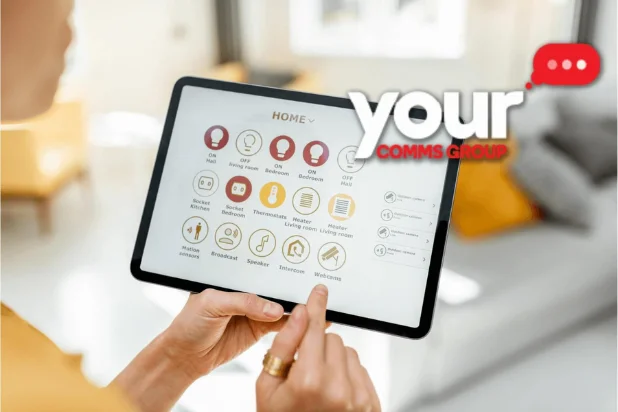2 min read
What is the Difference Between IoT & IoE?
What exactly are IoT and IoE? In our current society, the internet is central to much of what we do. From posting photos on social media to expanding...

What is the main difference between IoT and IIoT? One of the newer kids on the block, IoT technology is modern, fresh and exciting. Think 'smart' objects: smart home security systems, smart fridges, smart cars, and so on are all examples of objects that use the internet where they technically shouldn't, but still make it work. IoT is a great decision for businesses, helping with areas such as monitoring and boosting efficiency. Overall, IoT has been a newcomer worth waiting for. But what is IoT? And what is the main difference between IoT and IIoT?
The extra 'I' in IIoT stands for 'Industrial': Industrial Internet of Things. Fundamentally, the two aren't that different, boasting the same intelligence and ability to wirelessly exchange data. IIoT is essentially IoT on a much larger, manufacture-orientated scale, being used for purposes such as construction and looking over supply chains.
.png?width=1364&name=Untitled%20design%20(17).png)
Essentially, IIoT is all about the change and transference of data to and between the sensors inside industrial devices: think of factory machines or engines in aeroplanes. IIoT is developed with the intention of handling important and critical machines, making the technology slightly more sophisticated than, for example, your Amazon Alexa. In fact, speaking of Amazon, the internet retail giant has used IIoT in its own way, by utilising robots that deliver shelves of products to human workers.
The main difference between IoT and IIoT are their target audiences. IIoT is developed with practicality in mind and is great for the people at the top of the manufacturing chain. The reliable and high-tech nature of IIoT makes it great for monitoring machines and making sure everything is done efficiently and safely. The sensors used in IIoT are extremely sensitive and operate with ultimate precision, including technology that is location-aware with controls that are more advanced.
On the other hand, IoT tech is often a little more simple: it's consumer-focused, rather than production-focused. IoT devices can be convenient and even fun, but they don't operate on the same large scale as IIoT. This means that the IoT application and tech is slightly simpler than the more sensitive and complex IIoT.
To summarise: the breakdown or malfunction of your smart light switch could be a pretty large inconvenience. However, it is not likely to be life-threatening. Alternatively, a malfunction in aerospace IIoT could be detrimental.
Both IoT and IIoT are great for businesses: it all depends on the purpose of the technology and the structure of your business! To find out more about what we offer in terms of IoT, contact us at sales@yourcommsgroup.com, visit Your IoT. Find out more about IoT SIM cards.

2 min read
What exactly are IoT and IoE? In our current society, the internet is central to much of what we do. From posting photos on social media to expanding...

In the rapidly expanding world of the Internet of Things (IoT), choosing between private and public networks is crucial for ensuring efficient,...

In the digital era, the Internet of Things (IoT) is revolutionising how we interact with the world around us. IoT is making our environments more...